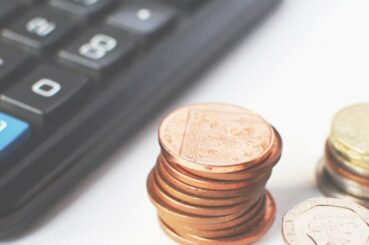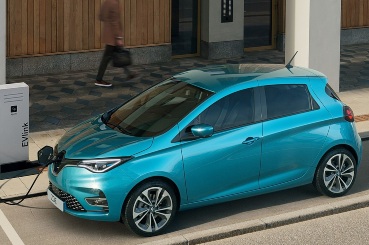Did you know the current Vehicle Excise Duty (VED) bands are changed on April 1 2017? Well, you’re in luck, we have all the information for you.
For some people, the car tax changes are positive, meaning you might save money if you buy a car after April. For others, however, the new car tax rules mean they should make the most of the current regulations.
The current car tax bands were set back in 2001 when the average CO2 emissions were 178g/km. The average CO2 emissions are currently 122g/km, so there should be a lower target. About a quarter of drivers currently don’t pay any car tax because their cars emit less than 100g/km of CO2. The new rules are a bid to lower the average to 95g/km.
These new car tax bands only apply to new cars registered after April 1, so if you’re thinking of buying a new car this year, you need to be up-to-date.
The Basics: What is Vehicle Excise Duty (VED)?
Every motor vehicle that uses the roads has to tax their vehicle through the DVLA. Even if the car is exempt from tax, you still have to register your car.
Vehicle Excise Duty (VED) is more commonly known as car tax or road tax. Referring to VED as ‘road tax’ can be confusing, because road tax was abolished in 1937. It’s a common misconception that motorists pay directly for the use/condition of the road. VED is about taxing the vehicle, rather than having rights to be on the road.
The way the DVLA determine the amount of tax that’s paid on a certain vehicle has changed throughout the years. Before March 2001, the amount was based on engine size. After March 2001, the rate was based on fuel type and CO2 emissions. In April 2010, ‘First Year Rates’ came in, meaning the amount paid for the first year of ownership is different than the following years.
To lower the average CO2 emissions and make the system fairer, the new VED bands in April will change the rates again.
Which cars will be affected by the 2017 car tax changes?
In short, if the car you want to buy is expensive or has a small engine with less than 100g/km emissions, you might want to get it before the changes come into effect.
At the moment, one of the perks of having a small car with a small engine is the low road tax. In April 2017, that might not be the cause. Currently, if your car emits less than 100g/km of CO2, you don’t pay any road tax on your car. So cars like the Hyundai i10 for example, are cheap to run and free to tax. But when the car tax exemption regulations come in, only 0g/km vehicles don’t have to pay. So the car has to be electric.
It’s not just small cars, either; there are many cars that emit less than 100g/km of CO2.
After the first year, under the new car tax rules, every car that emits any CO2 will have to pay a standard rate of £140. So for car owners who are used to paying little-to-no road tax, might feel the pinch.
What effect will the 2017 car tax changes have on expensive cars?
To make the system fair, it’s believed that if a person can afford an expensive car, they can afford to pay more tax. So, even electric cars that cost over £40,000 are going to be expensive. Anyone who owns a car over this amount will be charged £310 a year for the first five years, even if the car is emission-free.
If the car is over £40,000 and emits CO2, the owner will have to pay the standard rate £140 as well as the £310 for the first five years. That’s over £2000 overall for the first five years.
Cars affected positively after the 2017 car tax changes
If you have a car that emits over 140g/km or more and you buy it second-hand after April 1st, you’re going to save money. A second-hand Jeep Wrangler with a 2.8-litre engine currently costs £500 a year to tax, but after the changes, you only pay the standard rate (£140).
However, if you’re buying it new, you might be met with a hefty price for the first year. If you were to buy the same Jeep Wrangler new after the tax changes, the first year will cost you £1700; it currently costs £885 for the first year. After the first year you will save money and in the long run, but it depends whether you have that money at the time of purchase.
Ultimately, it depends on what car you’re thinking of buying. But if you’re thinking of buying a second-hand car, with high CO2 and costs less than £40,000, you should wait till after the change. So, it’s not all doom and gloom.
So, should I buy a car after the changes or before?
As you can see after reading this article, the changes to VED will vary from car to car. If you’re buying a new car, it might be expensive to tax in the first year but then go down to a lower rate than you’re paying now. If you’re looking to buy a new or used car with less than 100g/km CO2 or costs more than £40,000, you should buy it before April.
If you’re looking to buy a new or used car after April 1, you need to assess how much you’re paying and whether you’ll be saving any money if money is an issue for you.




